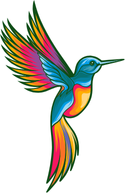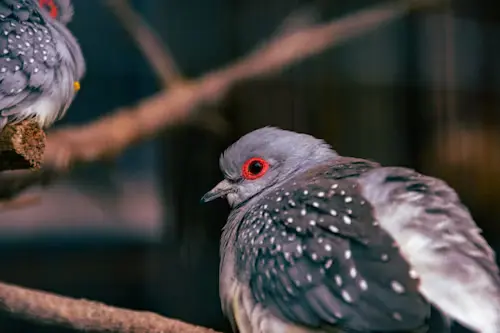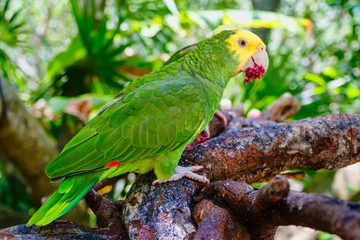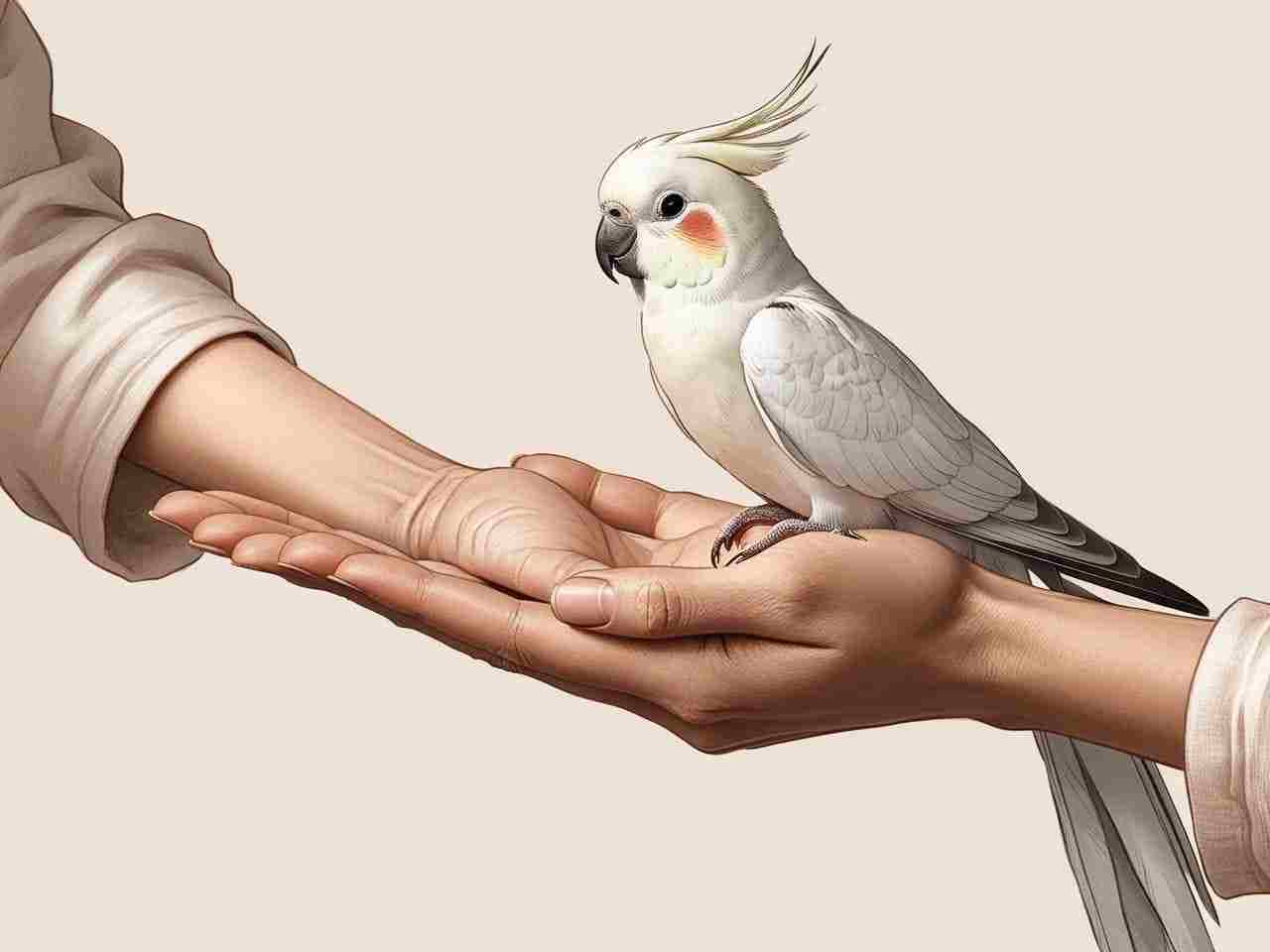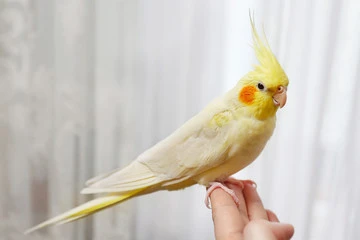Best Bird Toys: Ultimate Tips for Happy Birds
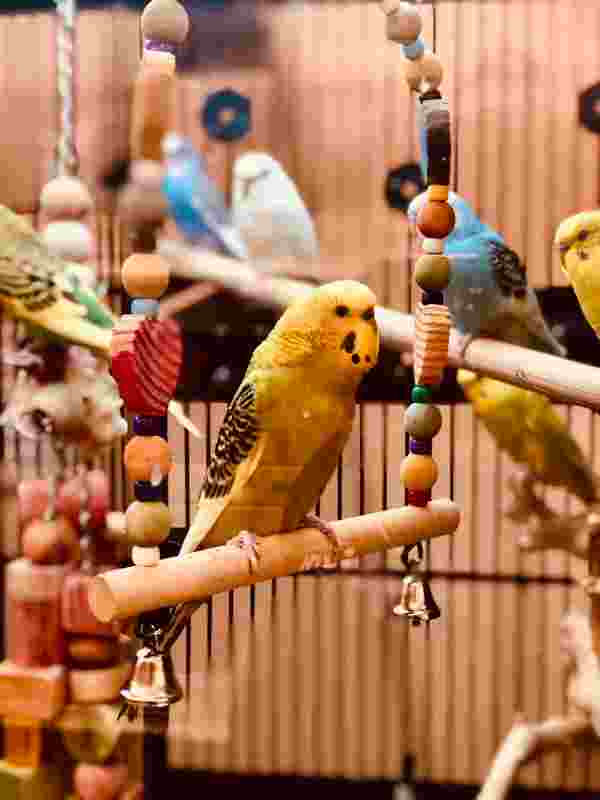
Table of Contents
Did you know that bored birds are 60% more likely to develop destructive behaviors like feather plucking and excessive screaming? This startling statistic highlights just how crucial proper enrichment is for our avian companions. Bird toys aren’t mere accessories—they’re essential tools that contribute significantly to your feathered friend’s physical and mental well-being.
A bird toy is any object designed to stimulate, entertain, and engage your pet bird through play, chewing, foraging, or other natural behaviors. But many bird owners still wonder: “Why do birds need toys in the first place?” The answer lies in understanding how captivity differs from a bird’s natural habitat and how toys bridge that critical gap.
Why Bird Toys Are Essential for Bird Health & Happiness
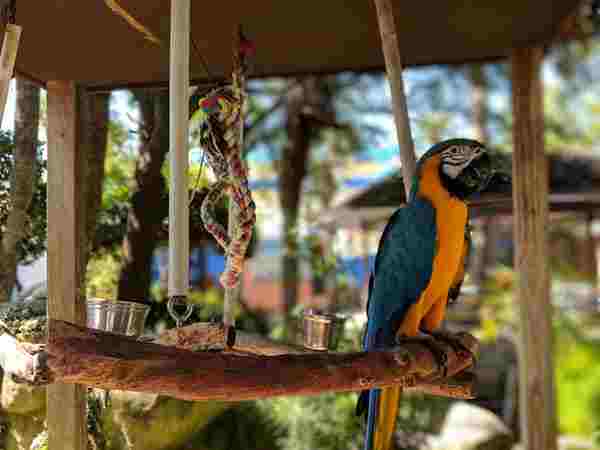
In the wild, birds spend hours foraging for food, exploring their environment, socializing with flock members, and maintaining their feathers and nests. Captive birds, however, have these natural activities dramatically reduced, which can lead to:
- Boredom and stress: Without adequate stimulation, birds can become depressed and anxious
- Destructive behaviors: Including feather plucking, excessive screaming, and aggression
- Physical deterioration: Lack of exercise can lead to obesity and related health issues
- Reduced cognitive function: Birds are intelligent creatures that need mental challenges
Bird toys satisfy numerous natural instincts that your feathered companion would normally express in the wild:
- Foraging instinct: In nature, birds spend 4-6 hours daily searching for food
- Chewing urge: Essential for beak maintenance and natural behavior expression
- Preening and grooming needs: Critical for feather health and social bonding
- Exercise requirements: Birds need to climb, fly, and move to maintain physical health
Different types of play provide various benefits:
| Play Type | Benefits |
|---|---|
| Foraging | Problem-solving skills, reduced food aggression, mental stimulation |
| Chewing | Beak health, stress relief, natural behavior expression |
| Physical | Cardiovascular health, muscle tone, weight management |
| Social | Reduced loneliness, better adaptation to human households |
Bird Toy Safety: A Critical Guide
Before introducing any toy to your bird’s environment, safety must be your primary concern. Even toys marketed specifically for birds can sometimes contain hazardous materials or design flaws.
Materials to Avoid
- Metals containing zinc or lead: These can cause heavy metal poisoning if ingested
- Treated or painted wood: May contain toxic chemicals harmful to birds
- Certain plastics: Especially those containing BPA or phthalates
- Small, loose parts: Pose choking hazards
- String or rope longer than 6 inches: Risk of entanglement
- Mirrors in breeding birds: Can cause hormonal issues and territorial aggression
Construction & Durability
Inspect every toy for:
- Secure assembly with no easily detachable small parts
- Smooth edges that won’t cause injury
- Sturdy construction that can withstand your bird’s beak strength
- Non-toxic materials throughout
- Quality hardware that won’t rust or degrade
Toy Size & Appropriateness
Match the toy size to your bird species:
- Small birds (finches, canaries, budgies): Small, lightweight toys with finer details
- Medium birds (cockatiels, conures): Medium-sized toys with moderate durability
- Large birds (African greys, amazons): Larger, more robust toys that can withstand powerful beaks
- Extra-large birds (macaws, cockatoos): Heavy-duty toys specifically designed for strong chewers
Hygiene & Cleaning
- Clean plastic and acrylic toys weekly with bird-safe disinfectant
- Replace wooden and rope toys when soiled or damaged
- Rotate toys regularly to prevent bacteria buildup
- Never use household cleaners on bird toys unless specifically labeled as bird-safe
Regular Inspection & Replacement
Implement a regular safety check routine:
- Daily visual inspection for damage
- Weekly thorough examination of all toys
- Immediate removal of any compromised toys
- Replace chewed wooden parts before they become dangerously small
Types of Bird Toys: A Detailed Overview
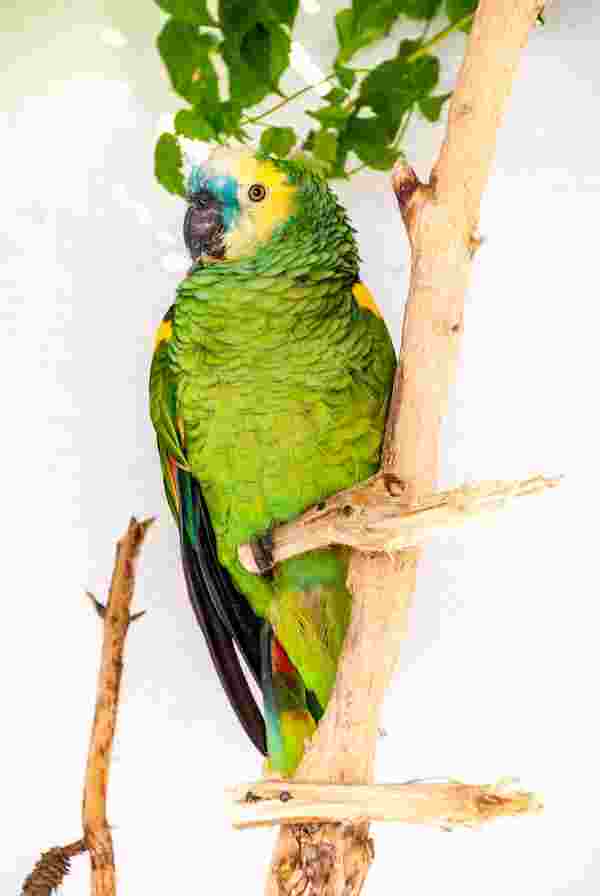
Foraging Toys
Foraging toys mimic the natural food-seeking behaviors birds would perform in the wild. These toys challenge your bird to work for treats or food, providing mental stimulation while satisfying their innate foraging instinct.
Examples include:
- Puzzle feeders that require manipulation to release treats
- Foraging balls with compartments for hiding food
- Treat-dispensing toys that reward problem-solving
- Natural materials like pine cones stuffed with healthy treats
Foraging toys are particularly beneficial because they extend feeding time, promote physical activity, and provide cognitive challenges. Studies show that birds with regular access to foraging toys display fewer stress behaviors and improved overall well-being.
Chewing Toys
Chewing is essential for maintaining beak health and satisfying natural instincts. In the wild, birds use their beaks to manipulate objects, process food, build nests, and establish territory.
Safe chewing toy examples:
- Natural wood blocks (untreated maple, pine, or balsa)
- Shreddable paper or cardboard toys
- Palm leaf and yucca pieces
- Bird-safe willow or seagrass mats
Bird-safe woods include:
- Apple
- Ash
- Bamboo
- Birch
- Elm (Chinese or Siberian)
- Hawthorn
- Maple
- Mulberry
- Pine (kiln-dried)
- Willow
Puzzle Toys
Puzzle toys challenge your bird’s problem-solving abilities and intelligence. These toys are particularly important for highly intelligent species like African greys, amazons, and cockatoos.
Examples by difficulty level:
- Beginner: Simple sliding parts or clear containers with visible treats
- Intermediate: Multi-step puzzles requiring sequential actions
- Advanced: Complex mechanisms with multiple components and challenges
Preening Toys
Preening toys help satisfy your bird’s natural grooming behaviors while providing comfort and entertainment.
Examples include:
- Soft rope perches with frayed ends
- Feather-like attachments
- Cotton preening toys (monitor closely for ingestion)
- Soft brush attachments
These toys are especially beneficial during molting periods when birds have an increased need for preening comfort.
Sound/Auditory Toys
Many birds are naturally attracted to sound and enjoy toys that make noise or allow them to create sounds themselves.
Examples include:
- Small bells (ensure they’re solid with no gaps that could trap beaks)
- Crinkle toys made from bird-safe materials
- Wooden blocks that create sounds when manipulated
- Musical bird toys with bird-safe components
Foot Toys
Small, manipulatable toys that birds can hold in their feet provide important tactile stimulation and entertainment.
Examples include:
- Wooden beads
- Small wooden blocks
- Plastic bottle caps (clean and bird-safe)
- Vegetable-dyed leather pieces
Foot toys are especially important for parrot species that naturally use their feet to hold food and objects in the wild.
Swinging & Acrobatics Toys
Physical activity is crucial for bird health, and toys that encourage movement help prevent obesity and related health issues.
Examples include:
- Various swing styles (rope, wood, acrylic)
- Ladders of different materials and configurations
- Hanging ropes with knots for climbing
- Trapeze bars and gymnastics sets
These toys not only provide exercise but also mimic the dynamic movement birds would experience on branches in their natural environment.
Comfort Toys
Some birds, particularly those hand-raised or separated early from their flocks, benefit from comfort toys that provide security and companionship.
Examples include:
- Soft, bird-safe plush toys (no loose strings or small parts)
- Snuggle huts (use with caution and monitor for chewing)
- Fleece corners or hanging tents
- Bird-safe cuddle bones
Choosing the Right Toys for Your Bird
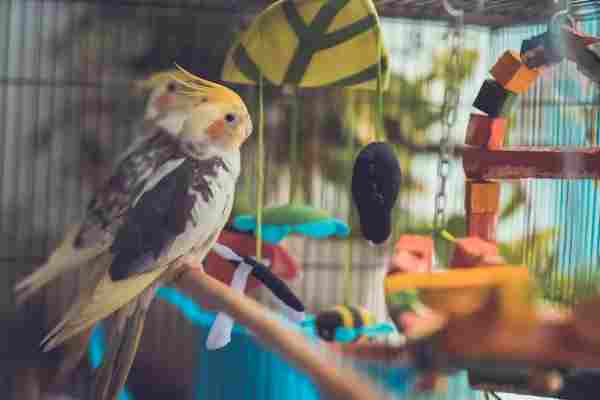
Selecting appropriate bird toys requires considering several factors specific to your feathered friend:
Species-Specific Considerations
Budgerigars (Parakeets)
- Prefer smaller toys with bells and mirrors
- Enjoy lightweight foraging toys
- Need thin wood or shreddable materials for their smaller beaks
- Recommended toys: small bells, thin balsa wood pieces, millet holders
- Enjoy musical and noise-making toys
- Benefit from foraging challenges
- Like shredding paper and soft woods
- Recommended toys: paper shredders, small wooden blocks, simple foraging toys
Conures
- Need durable chewing materials
- Enjoy active play with foot toys
- Benefit from foraging challenges
- Recommended toys: medium-hardness woods, rope toys (monitored), intricate foraging puzzles
- Require intellectually stimulating puzzles
- Need sturdy chewing materials
- Benefit from complex foraging challenges
- Recommended toys: advanced puzzles, hardwood toys, multi-step foraging systems
Macaws and Cockatoos
- Require extremely durable materials
- Need large-sized toys appropriate for their powerful beaks
- Benefit from toys that occupy significant time
- Recommended toys: hardwood blocks, tough acrylic puzzles, large-scale foraging systems
Personality Considerations
Beyond species, individual birds have distinct personalities that affect their toy preferences:
- Shy birds often prefer quieter toys they can manipulate privately
- Bold birds typically enjoy noisy, interactive toys
- Analytical birds benefit from puzzles and foraging challenges
- Active birds need toys that encourage movement and physical play
DIY Bird Toys: Creating Enrichment on a Budget
Creating safe, engaging toys for your bird doesn’t have to be expensive. Here are some bird-safe DIY ideas:
Paper Cup Foraging Toy
- Materials: Paper cups, bird-safe paper, millet or treats
- Instructions: Place treats inside a paper cup, cover with paper, and poke small holes. Your bird will enjoy shredding the paper to discover treats.
Cardboard Roll Puzzle
- Materials: Empty toilet paper roll (unscented), bird-safe paper, treats
- Instructions: Fold one end of the roll, add treats, fold the other end. Your bird will enjoy tearing it apart.
Vegetable Leather Strips
- Materials: Sweet potatoes, pumpkin, or carrots
- Instructions: Slice vegetables thinly and dehydrate them until leathery. Hang the strips for a natural, chewable toy.
Safety reminder: Always use bird-safe materials and supervise your bird with new DIY toys until you’re confident they interact with them safely.
Where to Buy Bird Toys (and What to Look For)
When purchasing commercial bird toys, consider these reputable sources:
Online Retailers:
- Planet Pleasures
- FunTime Birdy
- Busy Beaks
- MySafeBirdStore
- A Bird Toy
What to Look For:
- Clear material listings
- Safety certifications
- Bird-specific designs
- Company reputation and reviews
- Return policies for defective items
Always inspect new toys thoroughly before introducing them to your bird, regardless of where they were purchased.
Conclusion
Providing a diverse selection of safe, engaging bird toys isn’t just about entertainment—it’s an essential aspect of responsible bird care. From satisfying natural foraging instincts to preventing destructive behaviors, the right toys contribute significantly to your feathered friend’s physical health and psychological well-being.
Remember to regularly rotate toys to maintain interest, inspect them frequently for damage, and choose options appropriate for your specific bird’s species, size, and personality. By thoughtfully selecting a variety of bird toys that address different needs—chewing, foraging, physical activity, and mental stimulation—you’ll create an enriching environment that helps your avian companion thrive.
What are your bird’s favorite toys? Share your experiences in the comments below!
